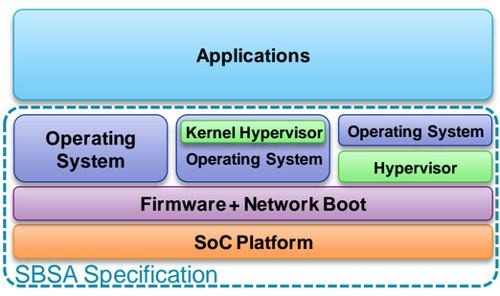ARM attempts to create a standard platform for servers
Trying to kill a potential problem at the roots even before it grows, ARM Holdings has released a new Server Base System Architecture standard. This document will server as the basis of a standardized platform that will hopefully help the chip architecture finally get a foothold in the server space.
When it comes to mobile devices, the ARM architecture is no doubt the champion. But the situation behind the scenes is anything but ideal, with competing and sometimes conflicting ARM systems giving operating system developers no small a headache. This chaos in the midst of diversity is one of the few things that Intel, the king of the rival x86 architecture, still manages to hold against ARM.
Unlike ARM, the x86 has more or less completely been standardized. There is a defined way of how a computer boots, how input/output is handled, how memory is laid out, and more. This predictability in how an x86 system works has allowed software and operating systems to grown and thrive, since there are very few surprises lurking in dark corners. If ARM ever wants to usurp the throne, then it needs to have a standard as well.
Things might be a little too late for the mobile space, but server computers is quite a new area for ARM. At the moment, there are still no clear leaders in that field. Calxeda has recently thrown in the towel, but AMD has also taken up the torch, announcing its new ARM-based SoC for servers just yesterday. And before things can get messy, ARM has wisely decided to define a standard for all implementations to use.

The Server Base System Architecture or SBSA defines the basic components that any ARM server implementation can expect to be present. It also mandates the firmware, boot process, etc. It also puts down certain version and standards compliance requirements such ash EHCI 1.1 for USB 2 and XHCI 1.0 for USB 3.0. The SBSA should give software developers assurance that any OS that they develop following the SBSA will work on any system that implements the standard, which should give both software developers as well as hardware manufacturers incentive to push for more power-efficient and cost-friendly ARM servers.
VIA: Ars Technica
